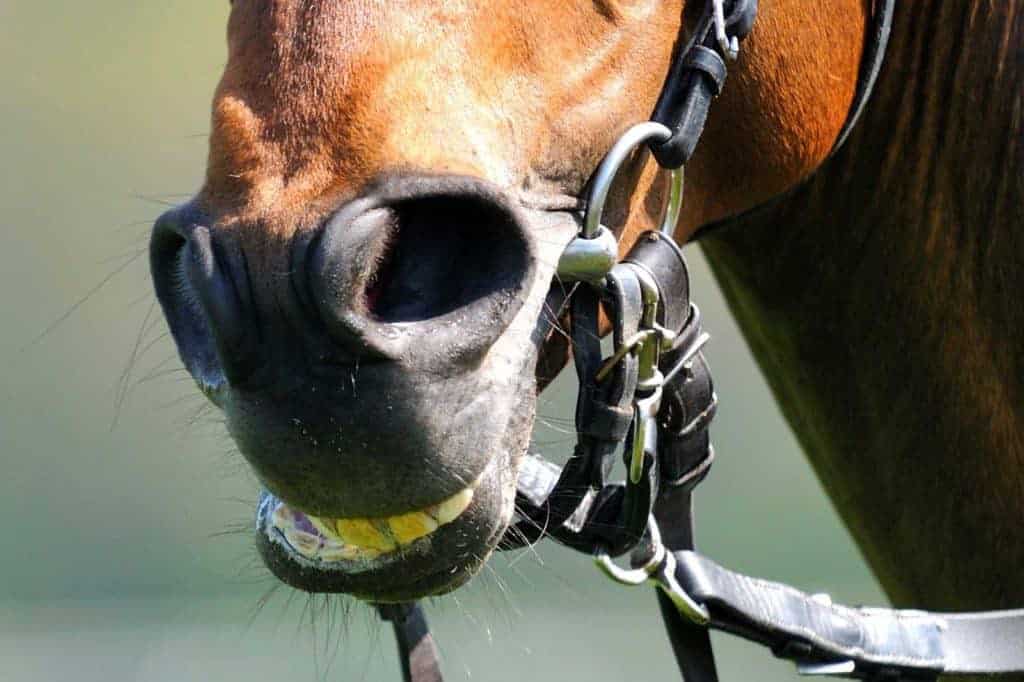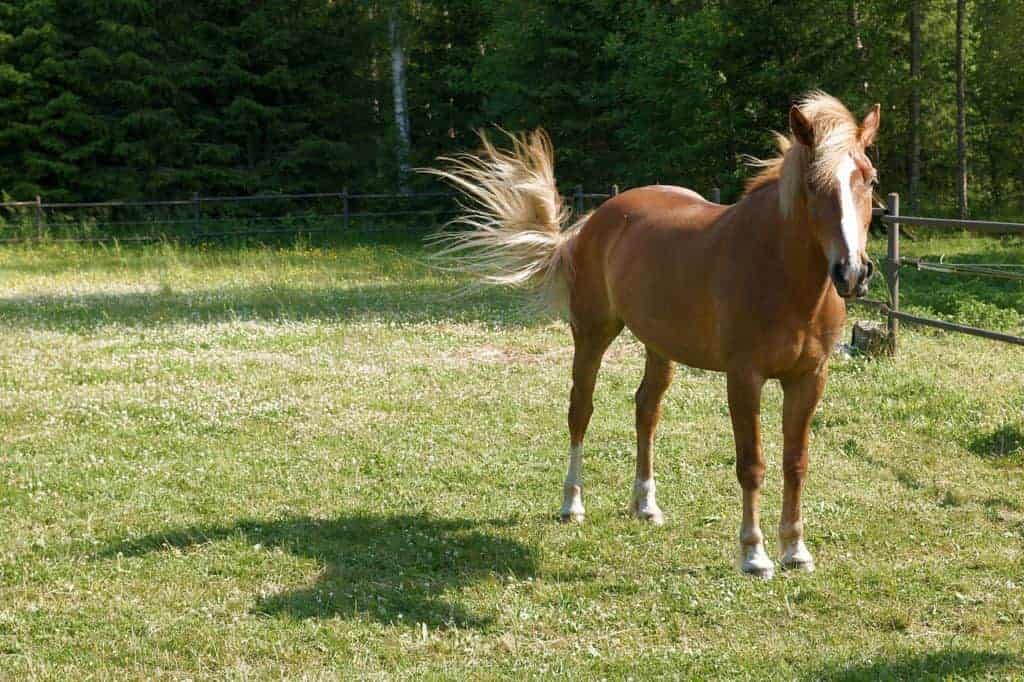
First Cases of SPM of the Year Confirmed in U.K.
Vets are warning horse owners to take extra precautions as autumn winds could blow toxic sycamore seeds into pastures.

Vets are warning horse owners to take extra precautions as autumn winds could blow toxic sycamore seeds into pastures.

While some heart murmurs can spell the end of a horse’s career, others have little to no impact on athletic pursuits.

International dressage horse Udon P is back in the ring after a successful heart treatment at the University of Florida.

Horses with grass sickness have similar signs of disease as people with Alzheimer’s, a study has found.
Western Milling voluntarily recalled horse feed that could be contaminated with monensin, which is toxic to horses.

All horses had issues, with older animals having more fractures, gaps between teeth, and cavities than younger ones.

Testing confirmed cantharidin in a single load of hay. The contamination has been linked to the deaths of six horses.

An equine behavior researcher addresses potential reasons a 3-year-old is grinding his teeth during training.

Creeping indigo was once studied for its potential as a livestock feed, but can be deadly to horses.

Five horses that ate the alfalfa hay, which contained blister beetles, have died.

Creeping Charlie, or ground ivy, is toxic, but generally horses must consume large quantities for a reaction to occur.

Find out how to ensure your senior horses stay healthy all through their golden years.

Changes in Finnhorse mares’ body weight and condition and in gene expression did not appear to evoke insulin resistance.

Now is the time to identify sycamore trees around horse pastures and reduce horses’ risk of consuming the toxic seeds.

Researchers found that dominant horses seem to be have higher body condition scores than their less-dominant herdmates.

Obesity is not just a cosmetic issue. It’s a health issue. Learn how to modify your horse’s diet to help him slim down.
Stay on top of the most recent Horse Health news with
"*" indicates required fields